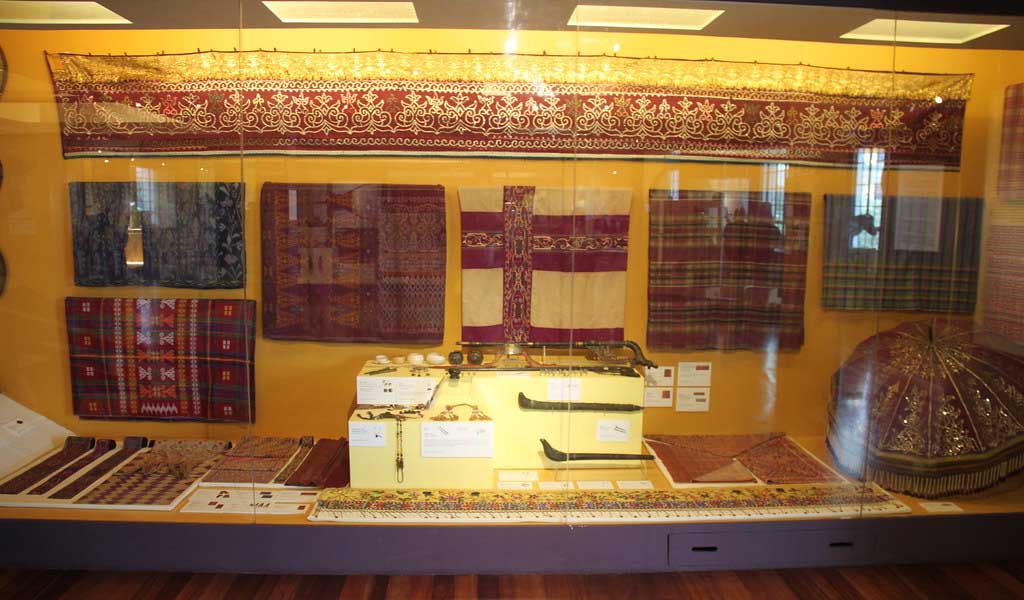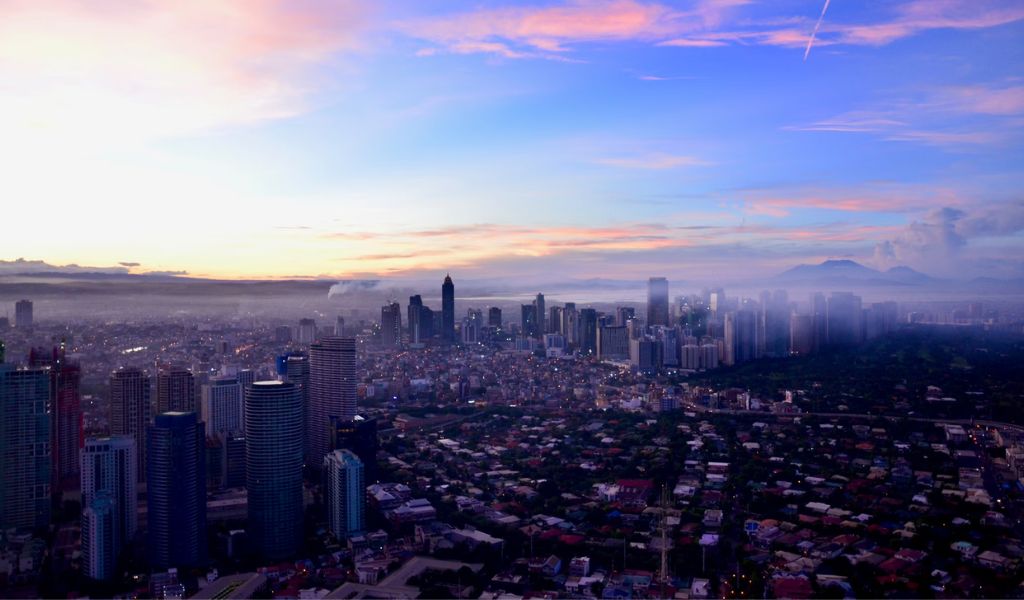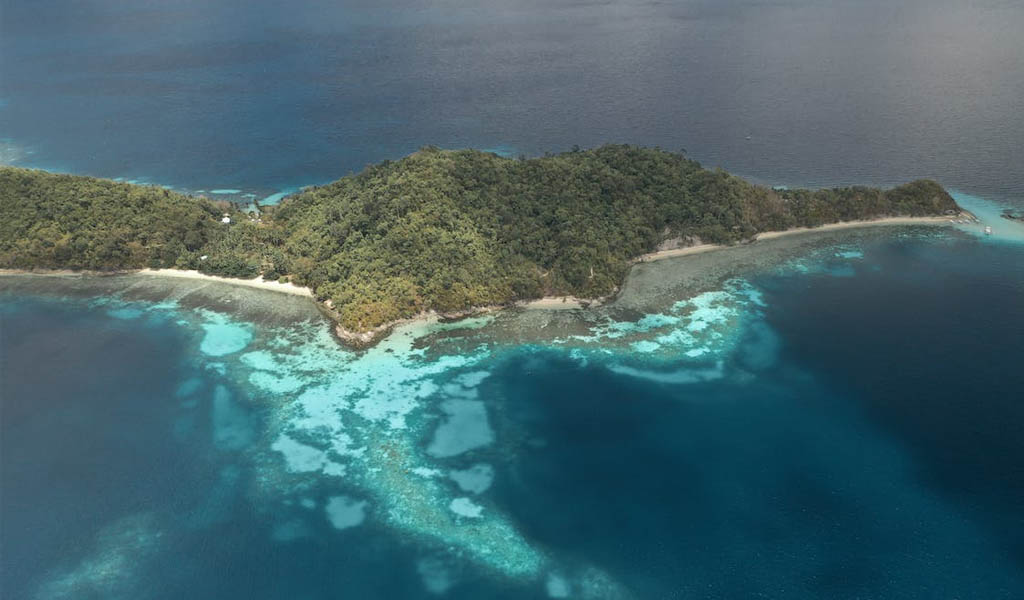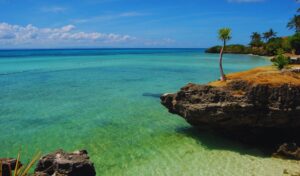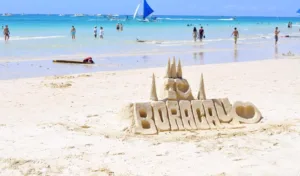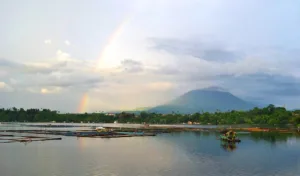Embark on a Creative Journey Through the Mindanao Arts and Crafts
Discover the rich cultural tapestry of Mindanao, a Philippine region brimming with tradition and artistic flair. Dive into its arts and crafts scene, where every creation has a story. Join us to uncover how these unique crafts enliven local culture and earn global recognition, promising an enlightening experience for art lovers, culture seekers, and inquisitive travelers alike. Let’s embark on this captivating journey!
1. T’nalak Weaving: Unraveling the Threads of Tradition

T’nalak weaving is a distinctive and intricate craft that holds deep cultural significance for the T’boli people of South Cotabato, Mindanao. This ancient tradition involves weaving delicate and colorful fabrics from abaca fibers, with patterns and designs passed down through generations. The process is highly revered, often seen as a spiritual and cultural practice, with the weavers—mostly women—guided by dreams or visions to create the intricate motifs that are believed to hold symbolic meanings.
T’nalak is not only a form of artistic expression but also a representation of the T’boli people’s connection to their ancestry, beliefs, and the natural world. The vibrant textiles produced are used in traditional clothing, ceremonies, and rituals, making T’nalak weaving an important cultural legacy that continues to thrive and evolve in modern times.
2. Intricate Brassware: Glimpse into the Lumad Legacy
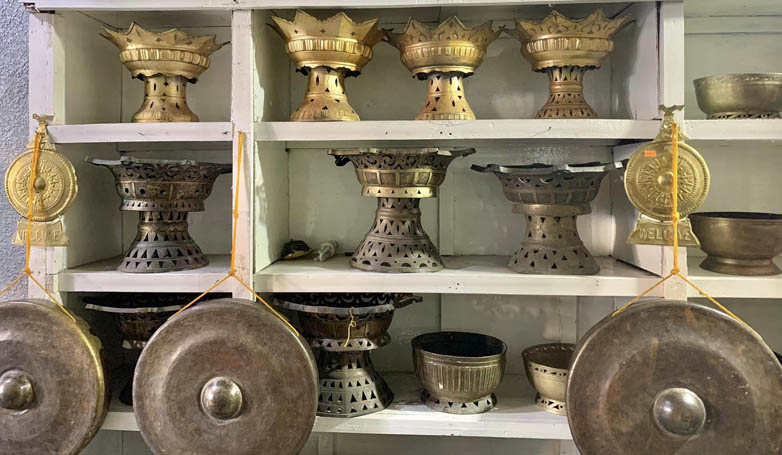
Intricate brassware is an essential part of the Lumad heritage, reflecting the rich cultural and artistic legacy of the indigenous groups in Mindanao. The Lumad people, with their deep-rooted traditions, create stunning brass artifacts through meticulous handcrafting techniques passed down for generations. These brass items, ranging from household tools to decorative pieces, are often adorned with intricate patterns and symbols that hold cultural significance. The designs are influenced by nature, spiritual beliefs, and ancestral stories, showcasing the craftsmanship and creativity of the Lumad.
Brassware also plays a role in various rituals, ceremonies, and community events, where it serves as a symbol of status, spirituality, and identity. As both functional and ornamental, intricate brassware is a testament to the Lumad people’s artistic prowess and their enduring connection to their traditions.
3. Mat Weaving: Treading Patterns of Life

Mat weaving is a time-honored craft practiced by various indigenous communities in Mindanao, with each region and group offering its own unique patterns and techniques. This art form is not merely about creating functional items, but also about weaving the stories and cultural traditions of the weaver’s community into each piece. Traditionally, mats are made from natural materials like pandan leaves, nito vines, and bamboo, with vibrant colors and geometric patterns that often carry deep symbolic meaning.
For the indigenous people of Mindanao, mat weaving is an expression of life’s cycles—representing the interconnectedness of nature, spirituality, and daily life. Each mat is woven with care, often passed down through generations as both a practical item for daily use and a cherished heirloom. The rhythmic process of mat weaving reflects a deep cultural connection to the land and the ancestral wisdom that has guided the indigenous people of Mindanao for centuries.
4. Mindanao Pottery: Molding the Earth’s Harmony

Mindanao pottery is a timeless tradition that harmonizes with the earth, reflecting the deep connection between the region’s indigenous people and the natural world. Pottery making in Mindanao involves shaping clay into functional and artistic pieces using techniques passed down through generations. The process begins with collecting high-quality clay from local riverbanks, followed by careful handcrafting or molding into desired forms such as jars, bowls, and cooking pots. Many of these pieces are then decorated with intricate designs that hold cultural and spiritual meanings, often symbolizing nature, ancestral spirits, or community values.
For the indigenous communities in Mindanao, pottery is not just about creating vessels; it’s about preserving history and expressing identity. These handcrafted items play vital roles in daily life, rituals, and ceremonies, providing both utility and cultural significance. The art of pottery in Mindanao, shaped by the earth and the hands of skilled artisans, is a reflection of the region’s enduring tradition and its respect for nature’s harmony.
5. Colorful Beadwork: Crafting the Spirit of Festivity

Colorful beadwork is a vibrant and essential craft in Mindanao, showcasing the artistic flair and cultural richness of the region’s indigenous communities. Using tiny, meticulously threaded beads, artisans create stunning jewelry, accessories, and decorative pieces that are not only visually striking but also steeped in cultural symbolism. Each beadwork pattern and design reflects the traditions, beliefs, and identities of the ethnic groups, with some patterns representing personal stories, social status, or spiritual connections.
Beadwork plays a significant role in various festivals and ceremonies, where it is worn as a symbol of festivity, pride, and unity. The intricate designs, often made with locally sourced materials, burst with colors that mirror the region’s lively spirit and joyful celebrations. Through beadwork, the indigenous people of Mindanao express their creativity, maintain their cultural heritage, and celebrate their connection to the past and present.
6. Wood Carving: Chiseling the Essence of Mindanao
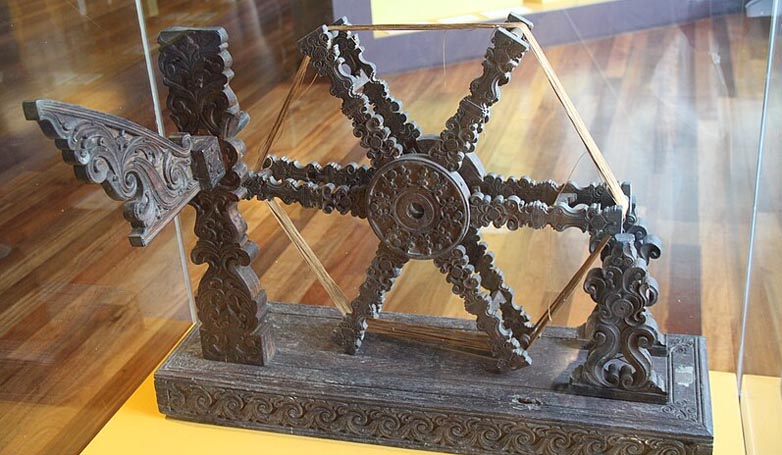
Mindanao’s forests have long served as both inspiration and material for the region’s skilled carvers, whose works reflect a deep reverence for nature and its spiritual significance. The dense forests provide not only the raw materials—such as hardwoods and bamboo—but also a profound connection to the land’s myths, stories, and traditions. Artisans shape these natural resources into beautifully crafted furniture, sculptures, and intricate architectural details, each piece imbued with meaning.
The carvings often feature motifs of animals, spirits, and ancestral symbols, serving as a visual narrative of the forest’s lore. For these artisans, the act of carving is not merely a craft, but a sacred practice that honors the trees’ spirits and the life that flourishes within the forest. Through their craftsmanship, Mindanao’s native artisans continue to preserve their cultural heritage, weaving together art, nature, and spirituality into every detailed piece.
A Tapestry of Tales: The Lasting Impression of Mindanao Arts and Crafts
Our journey through Mindanao’s artistry has shown that each craft is a vibrant part of its cultural story. Local artisans keep traditions alive, sharing their history and sustaining their creative spirit. These crafts are more than objects; they carry the soul and history of the people. They link past and present, ensuring the continued brilliance of Mindanao’s culture. Cherish these stories and let them deepen your appreciation for the diverse cultures that beautify our world. After learning about Mindanao arts and crafts, try to visit the Tourist Spots in Mindanao.
FAQs About Mindanao Arts and Crafts
1. Can I participate in making any of these crafts while visiting Mindanao?
Yes, there are opportunities for cultural immersion and workshops where tourists can learn the basics of some of these crafts. Home-stay programs, cultural tours, and visits to tribal villages might include hands-on experiences with the guidance of local artisans.
2. Are there any cultural restrictions or sensitivities I should be aware of when purchasing or participating in Mindanao arts and crafts?
Be mindful and respectful of the cultural significance of these items. Many are not just decorative but hold spiritual or ancestral importance. When purchasing, it’s always good to buy from authentic sources, ensuring that local artisans are fairly compensated. If you take part in a workshop, listen carefully to instructions and cultural information provided by the artisans.
3. How can I support the local artists of Mindanao?
Supporting local artists can be through purchasing their works at fair prices, promoting their craftsmanship by sharing your experiences and the stories behind the crafts, or even supporting local and international exhibitions that showcase their work. Engaging in ethical tourism practices and advocating for initiatives that help preserve their cultural heritage are also ways to support them.
4. Is there a specific time of year that’s best to visit Mindanao for arts and crafts?
While arts and crafts can be enjoyed year-round, certain festivals or cultural events may offer a more immersive experience. The Kadayawan Festival in Davao City, for example, is a great time to see a wide array of local crafts, as it is a celebration of the island’s bountiful harvest and its indigenous cultures. It’s best to research the specific region of Mindanao you plan to visit and see if there are any local events during your stay.

